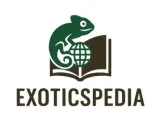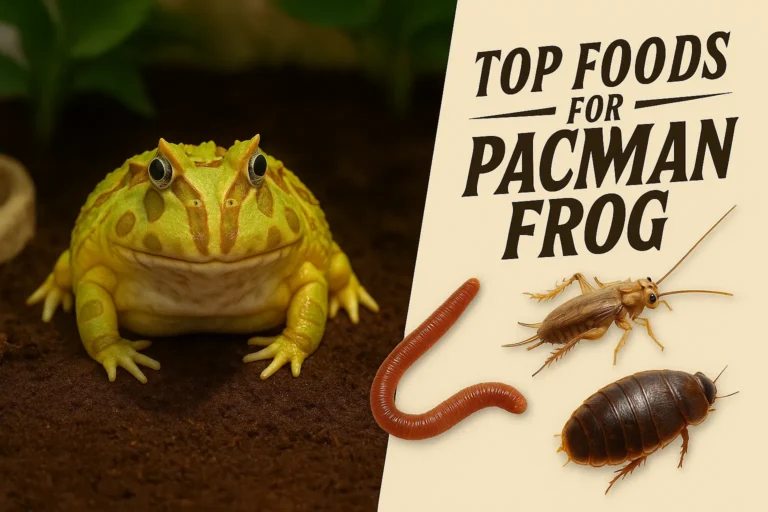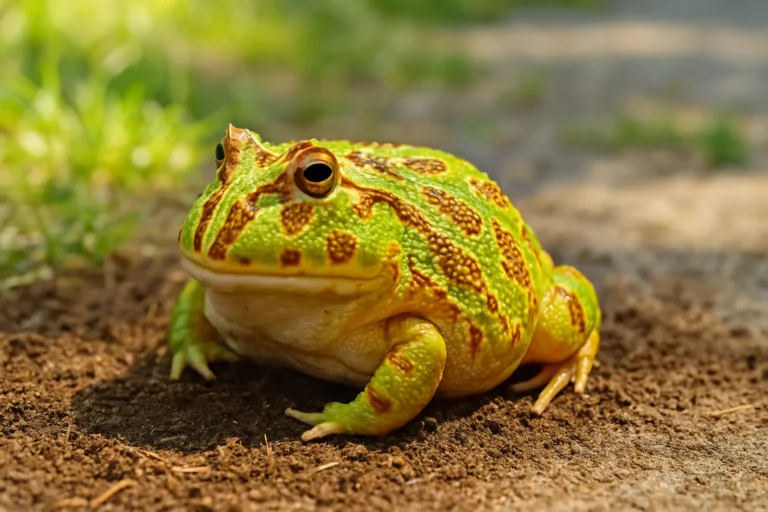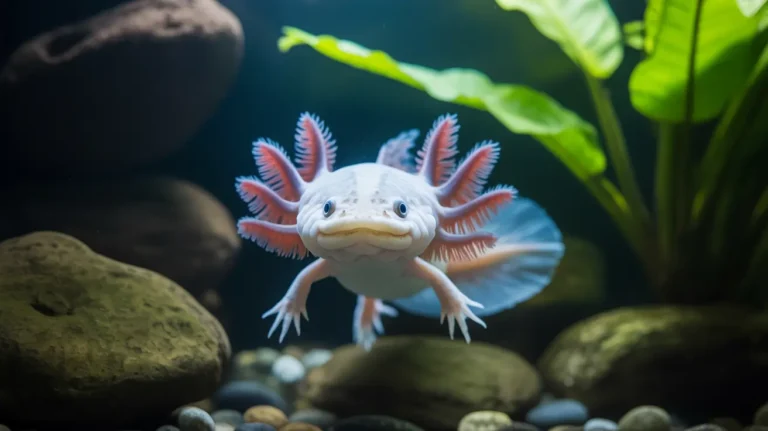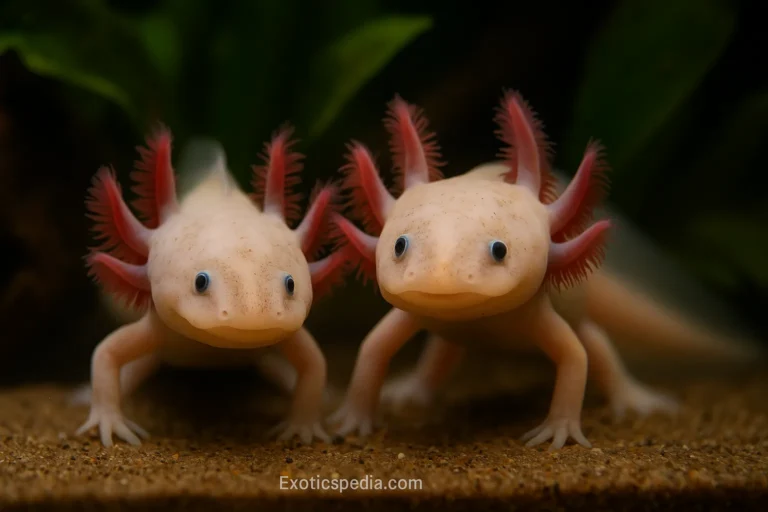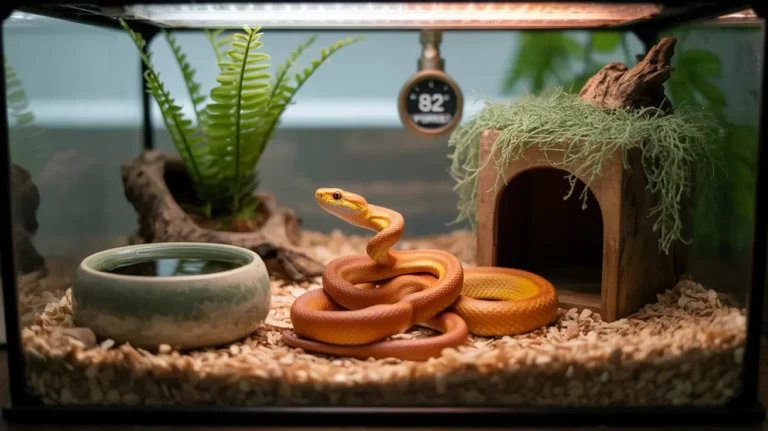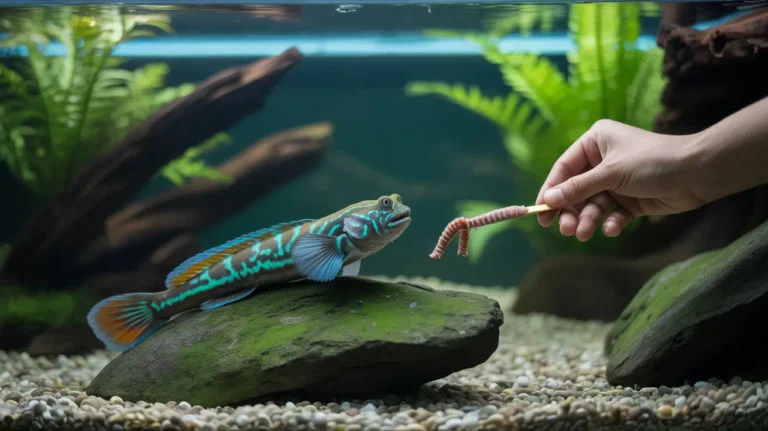Dart Frogs Care Guide: Everything You Need to Know
Dart frogs, known for their bright colors and exotic patterns, are among the most popular amphibians kept as pets. Despite their tiny size, they have big personalities and specific care needs. This beginner-friendly guide will walk you through everything from setting up the perfect habitat to feeding and long-term care.
What Are Dart Frogs?
Dart frogs (family: Dendrobatidae) are small, diurnal frogs native to Central and South America. In the wild, certain species are toxic due to their diet of specific insects. However, captive-bred dart frogs are completely non-toxic and safe to keep.
They get their name from indigenous people using their toxins for hunting darts — but this is not a concern in home environments.
Ideal Dart Frog Habitat Setup
Creating a naturalistic environment is crucial to their health and well-being.
| Element | Recommendation |
| Tank Size | Minimum 10–15 gallons for a pair; larger for groups |
| Humidity | 60% to 80%, with occasional spikes up to 100% after misting |
| Temperature | 70°F to 80°F; avoid extremes outside this range |
| Substrate | Coconut fiber, sphagnum moss, and leaf litter to retain moisture |
| Plants | Use live plants like bromeliads, pothos, ferns for cover and aesthetics |
| Lighting | Low-intensity, full-spectrum lighting; 12-hour day/night cycle |
| Ventilation | Good airflow to prevent mold without losing too much humidity |
Tip: Daily misting helps keep humidity levels up. Allow brief dry periods to reduce mold growth.
What Do Dart Frogs Eat?
Dart frogs eat live, tiny insects. In captivity, you can feed them:
- Fruit flies (Drosophila melanogaster or hydei)
- Springtails
- Pinhead crickets
- Isopods (especially in bioactive enclosures)
Feeding Frequency
- Juveniles: Daily
- Adults: 2–5 times per week, depending on species, activity level, and food size
Monitor their body condition — a slightly rounded belly is ideal. Overfeeding can lead to obesity and health problems.
Dust feeders with calcium and vitamin D3 supplements 2–3 times a week to prevent deficiencies.
Handling and Behavior
Dart frogs have delicate, absorbent skin and should not be handled unless necessary. Use gloves or soft tools during cleaning or medical care. They are day-active and love exploring, making them great display pets.
Beginner-Friendly Dart Frog Species
Here are the best species for first-time keepers:
| Species Name | Nickname | Traits |
| Dendrobates tinctorius | Dyeing Dart Frog | Hardy, colorful, bold |
| Dendrobates auratus | Green & Black Frog | Peaceful, moderate size |
| Dendrobates leucomelas | Bumblebee Dart Frog | Vocal, sociable, eye-catching |
These frogs are widely available and more forgiving in captive conditions.
Health and Maintenance Tips
To keep your dart frogs healthy:
- Clean the vivarium regularly (remove uneaten food and waste)
- Avoid overcrowding and mixing species
- Use a quarantine tank for new additions
- Watch for signs of illness: dull color, lack of appetite, or unusual skin texture
Invest in a digital hygrometer and thermometer to keep track of conditions accurately.
Are Dart Frogs Good Pets?
Yes, especially if you prefer visual enjoyment over physical interaction. Dart frogs are quiet, active during the day, and can live 8–10 years or more with proper care.
A well-planted, bioactive vivarium not only benefits the frogs but also looks stunning as a display.
✅ Quick Dart Frog Care Checklist
- 60%–80% humidity, mist daily
- 70°F–80°F temperature range
- Feed 2–5 times per week (live food only)
- No frequent handling
- Bioactive setup with live plants recommended
FAQs About Dart Frog Care
1. Are dart frogs poisonous in captivity?
No. Captive-bred dart frogs are not poisonous because they don’t consume the wild insects that make them toxic in nature.
2. How many dart frogs can live together?
You can keep 2–3 of the same species per 10–15 gallons. Avoid mixing species unless you’re experienced.
3. How long do dart frogs live?
With proper care, they typically live 8–10 years, and sometimes longer in captivity.
4. What’s the easiest dart frog for beginners?
Dendrobates tinctorius is the most recommended due to its bold nature, hardiness, and bright colors.
For further reading, don’t miss our guides on How to Set Up a Perfect Vivarium for Dart Frogs and What Do Dart Frogs Eat? A Complete Feeding Guide for more in-depth tips.
